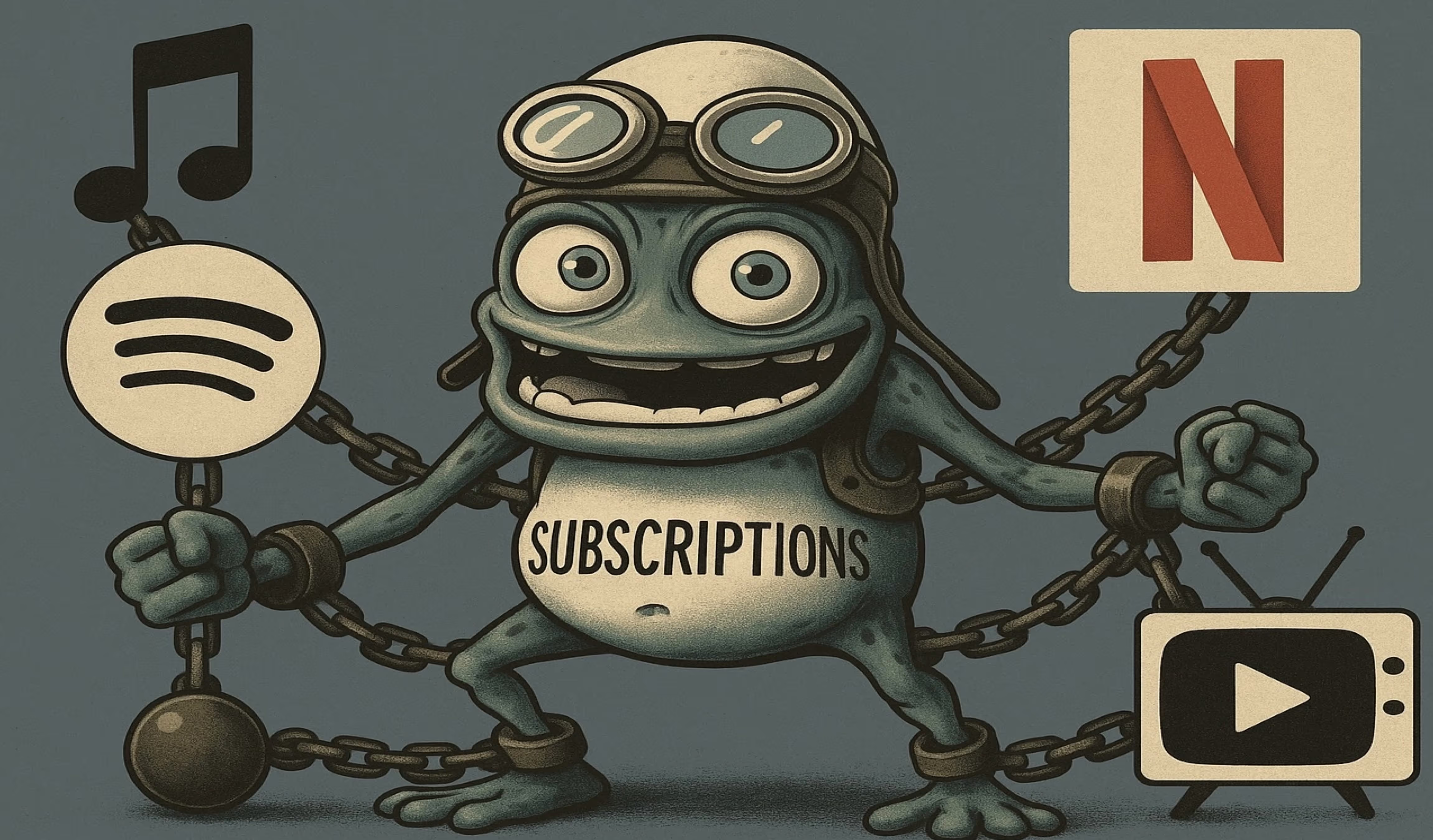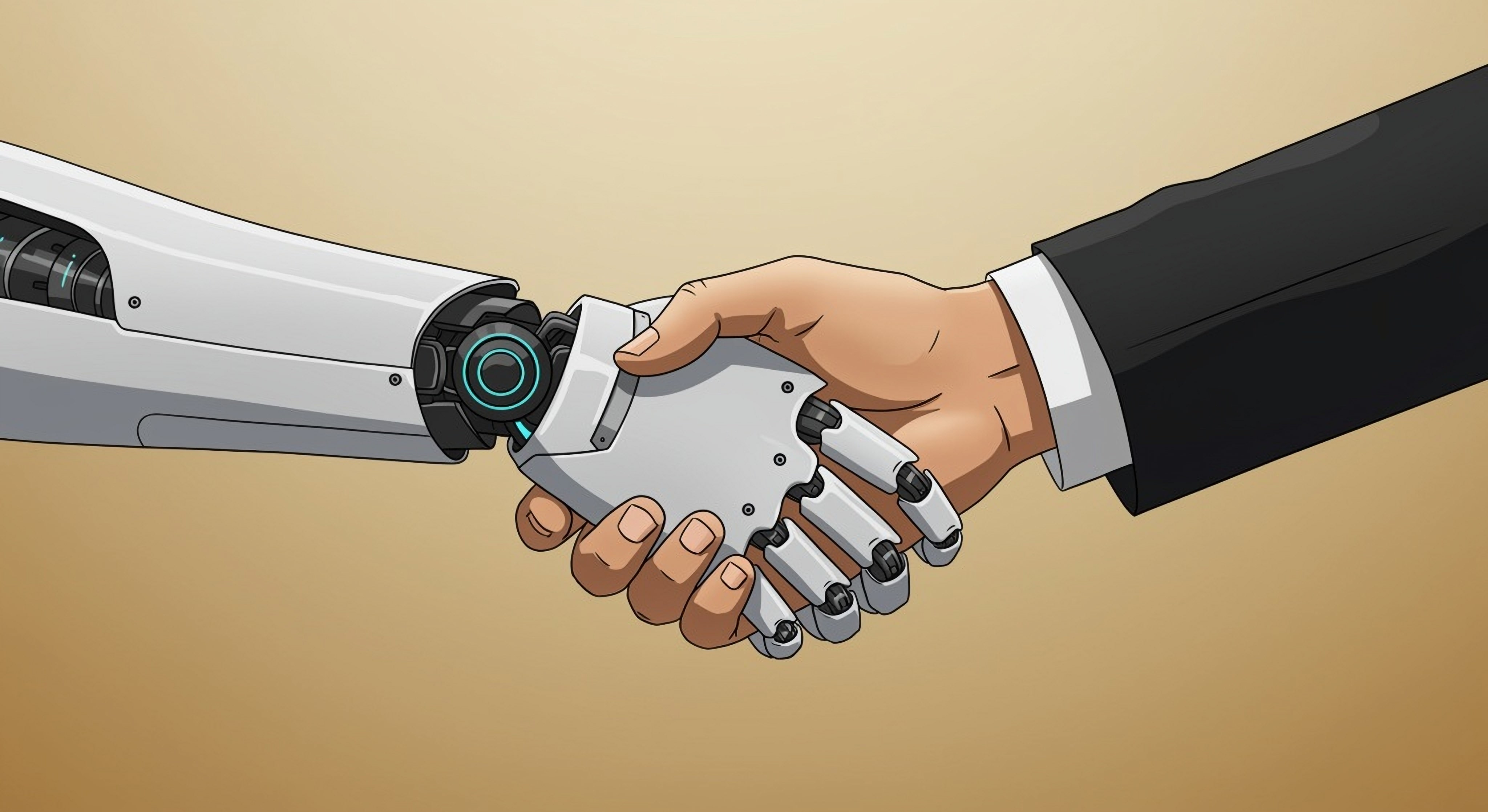Subscription Creep And The Digital Trap You Did Not See Coming


Perhaps it was the infamous Crazy Frog or a polyphonic version of your favourite song, a small, innocent indulgence. But beneath that casual click was something far more insidious than a catchy tune—it was a subscription. A never-ending, quiet commitment you never fully signed up for.
Unsubscribing was an ordeal. It was not as simple as pressing “cancel.” No, it required deciphering SMS codes, sending „STOP JAMBA" to obscure numbers, and navigating poorly designed, cluttered menus—just to undo a digital promise you never intended to make. This was the birth of what we now call "subscription fatigue." A lesson learned before we even had a name for it.
Fast forward to today, and the ringtones are long gone, but the trap has only evolved. Now, the digital landscape is full of subscription services: streaming, meal kits, fitness apps, you name it. But the game is the same. The fine print has only gotten finer, the terms longer and more complex. And just like those ringtones, these small charges accumulate, unnoticed. You barely feel it at first—$5 here, $10 there. But when you tally up all the subscriptions, it is no longer pocket change.
Several studies revealed that consumers are now spending upwards of $1,000 a year on subscriptions—services that may never even be used. For instance, a survey conducted by Bango in early 2024 found that the average U.S. subscriber pays approximately $924 annually for various subscription services, including streaming, gaming, news, and more. Additionally, a CNET survey reported that the average U.S. adult spends about $91 per month on subscriptions, totaling $1,092 per year. The smallest, most niche apps slip under the radar, continuously renewing in the background. You forget about them until your bank account reminds you. This is what we call "subscription creep"—the slow, silent drain of your resources, accumulating over time.
What started as a harmless indulgence is now a force so embedded in our digital lives, it is nearly invisible. You might think $5 here and there is not a problem. It is. It is the small things that add up, slowly eroding your savings, your peace of mind, and your ability to stay on top of your financial goals.
This is not just about money. It is about the mental clutter that comes with it. Subscription creep creates an invisible web of services, each demanding attention, each pulling at your resources, leaving you exhausted from trying to keep up. It is not just the financial drain; it is the cognitive load—the constant managing of dozens of services you might not even use.
For the young professional, the entrepreneur, the student—it is a heavy burden. Every dollar counts. But subscription creep does not just target your bank account. It is an emotional drain, too. It is the guilt of paying for something you forgot about or that you no longer need. It is the stress of managing free trials, juggling dozens of apps, and constantly navigating the maze of cancellations. It is decision fatigue, plain and simple.
The first step to breaking free is awareness. Review your bank and credit card statements carefully. Look beyond the recent month—subscriptions often renew quarterly or annually. Do a full sweep to uncover hidden charges. You will be shocked at how many services you have quietly signed up for without realizing it.
Once you have the full list, categorise your subscriptions. What do you actually use? What do you need? Prioritize those services that bring real value to your life—cloud storage for work, streaming for entertainment, productivity tools that help you succeed. Everything else? It is time to let go.
Set yourself up for success. Use your phone’s calendar or reminder app to track upcoming renewals. A simple notification a week before a subscription renews can be the difference between forgetting and cutting it out. This proactive approach helps ensure that you only keep what adds value.
Do not fight the battle alone. Subscription management apps like Rocket Money (formerly Truebill), Trim, and Bobby can help you track your subscriptions all in one place. They send alerts when a renewal is coming up, help identify unnecessary subscriptions, and even facilitate cancellations. These tools are like your personal assistant for managing your digital life.
Free trials are often a gateway drug to subscription creep. You might think you are just testing a service, but they are designed to pull you in and then quietly convert you to a paid subscription. Set yourself up for success by setting a reminder to cancel before the trial ends. If you do not need it, let it go.
The world constantly tells us to consume, to accumulate, to sign up for the next big thing. But the more we accumulate, the more we lose. Not just money—but time, mental energy, and focus. Imagine what you could do with the time and resources freed up by eliminating unnecessary subscriptions. Imagine how much clearer your financial picture would be if you only kept the services that truly added value to your life.
Simplifying is about eliminating the noise to make space for what truly matters. It is about reclaiming control over your digital life, rather than letting it control you. Subscriptions, if managed wisely, can be powerful tools. But when unchecked, they become digital anchors, weighing you down and keeping you from reaching your full potential.
What is quietly draining your resources—financially and mentally—that no longer serves you?
